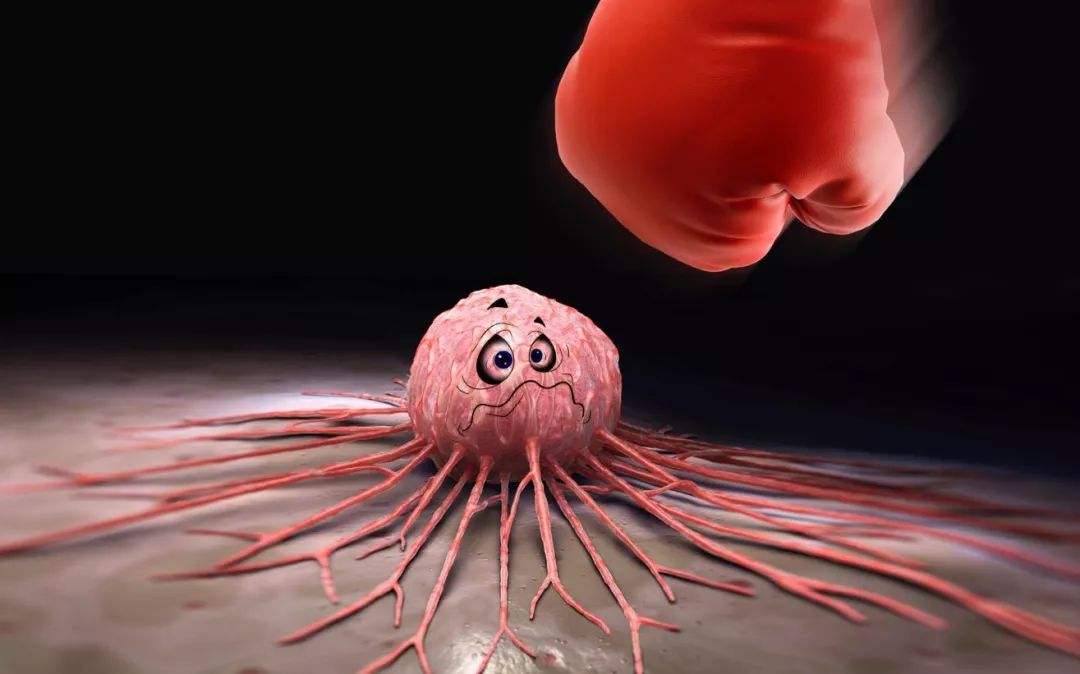At present, pediatric malignant tumor has become one of the main causes of death in children. Malignant tumors in children have different characteristics compared with adults. Understanding these characteristics is necessary for both diagnosis and treatment.
Classification of Pediatric Tumors
The purpose of classification is to group similar tumors together so that their clinical and pathological manifestations can be studied, their nature, natural processes and therapeutic effects can be understood. The ideal classification should be based on histogenesis origin and the frequency of tumor occurrence, so that some very similar tumors can be studied together. In fact, this classification cannot be achieved in pediatric patients, and the tissue origin of many tumors is still unclear. There are at least 3 possible basic classifications:
1. Classification based on histomorphology is considered the safest method by pathologists, however, this classification is difficult to perform when tumor cells are undifferentiated and cannot be identified.
2. Classification according to the source of tumor tissue, but this requires understanding the source of tumor cells, and difficulties arise when the source is in doubt.
3. Classified by organ or tissue, but some different types of tumors can originate from the same organ or tissue.
At present, children’s tumors tend to use a combination of the above three classification methods, that is, according to the primary site, tumor cell morphology and known tissue origin. There is some duplication of this classification, as some tumors can originate from different tissues or organs. However, in children, various organs and tumors often have relatively significant fixed associations, such as Wilms tumor and kidney, neuroblastoma and sympathetic nervous tissue, hepatoblastoma and liver. Therefore, the classification of children’s tumors may work in practice, and the problem that arises is only those tumors that can arise from several different tissues, such as malignant lymphoma, are solved by grouping them together.
Malignant tumors in children can be divided into two categories:
(1) embryonal tumor
1. Medulloblastoma
2. Retinoblastoma
3. Neuroblastoma
4. Yolk sac tumor
5. Wilms tumor
6. Hepatoblastoma
7. Rhabdomyosarcoma
8. Mesenchymal tumor
(2) Tumors with similar tissue components
1. Astrocytoma
2. Ependymoma
3. Oligodendroglioma
4. Meningiomas
5. Neurofibromas and Schwannomas
6. Sarcomas, such as fibrosarcoma, leiomyosarcoma, angiosarcoma, liposarcoma, osteosarcoma
7. Carcinoma, some tumors cannot be classified into the above two categories, such as lymphoma, most pediatric tumors are sarcomas, if leukemia and lymphoma are excluded, more than 90% of pediatric tumors are derived from stromal cells. Epithelial tumors that are common in adults are relatively rare in children.
Principles of Radiation Therapy
The goal of tumor therapy is to eradicate local, regional and systemic tumor cells in patients. Radiation therapy is a very effective treatment for most childhood malignant tumors. The main benefit of radiation therapy is that the large blood vessels, nerves, connective tissue, and organ tissue surrounding the tumor can be included in the treatment range, with less risk of complications, and reduced functional impairment and disfigurement. However, the use of radiation therapy for pediatric patients (especially children in the developing period) needs to comprehensively consider and weigh the indications of the disease and the benefits of treatment with the potential long-term adverse effects of radiation therapy. Radiation therapy is best used, either as a single treatment modality or as part of a comprehensive cancer treatment regimen. This requires an understanding of the fundamentals of radiation therapy; it requires an understanding of the peculiarities of how radiation works in the human body, molecules, cells, tissues and organs.
In summary, there are two measures that can improve the effect of radiation therapy:
1. Improve the distribution of radiation dose in vivo by improving the treatment equipment, that is, increase the therapeutic dose of tumor tissue and reduce the radiation dose of normal tissue;
2. By using biochemical drugs to improve the radiotherapy effect of tumor tissue and reduce the response of normal tissue to radiotherapy.









